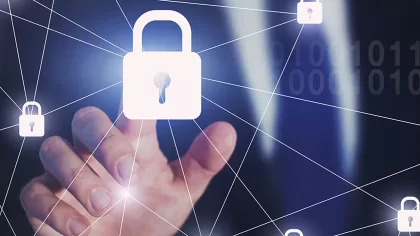The line between innovation and infringement is thinner than ever. Intellectual Property (IP) is not just a legal asset; it’s the lifeblood of innovators and creators, the silent engine driving the world’s most groundbreaking advancements and the very identity of global brands. Yet, as the digital frontier expands, safeguarding these treasures of creativity becomes both more critical and challenging.
Whether you’re an inventor dreaming up the next big tech breakthrough, an artist weaving magic into every creation, or an entrepreneur building a brand that stands the test of time, understanding and protecting your intellectual property it’s a necessity. Join us as we delve into the essentials of IP rights, infringement risks, and the strategic steps you can take to shield your innovations from the unseen battles of the digital era.
Ownership of intellectual property depends on the nature of the IP created and the circumstances under which it was developed. Generally, the creator of the IP owns the rights. However, intellectual property ownership can be determined differently for different types of property and under varying circumstances.
For example, if a creation is the result of employment, the employer may own the IP rights, as stipulated in the employment contract or agreement. IP ownership rights also can be transferred to other parties.
Intellectual Property Infringement
Attached to intellectual property are certain rights. These rights give IP owners the ability to bar others from recreating, mimicking, and exploiting their work. Intellectual property infringement occurs when there is unauthorized use of protected IP rights.
- Patent infringement occurs when a legally protected patent is used by another person or company without permission. Patents filed before June 8, 1995, were valid for 17 years; patents filed after this date are valid for 20 years.
- Copyright violations occur when an unauthorized party infringes on the exclusive rights of another on all or a portion of an original work, such as a work of art, music, or a novel. The infringing content need not be an exact replica of the original to qualify as an infringement.
- Trademark infringement occurs when an unauthorized party uses a trademark or a mark resembling the trademark. For example, a company uses a mark similar to its competitors to capitalize on its strong brand image and attract its customer base.
- Trade secrets usually are protected by non-disclosure agreements (NDAs). When a party to the NDA discloses all or parts of a trade secret to uninterested parties, it violates the agreement and infringes upon the trade secret. Trade secret infringement may happen without an NDA.
IP infringement can lead to significant financial losses, damage to brand reputation, and a decrease in competitive advantage. Therefore, it is extremely important for businesses to monitor and enforce their IP rights to prevent infringement and to take legal action when necessary.





